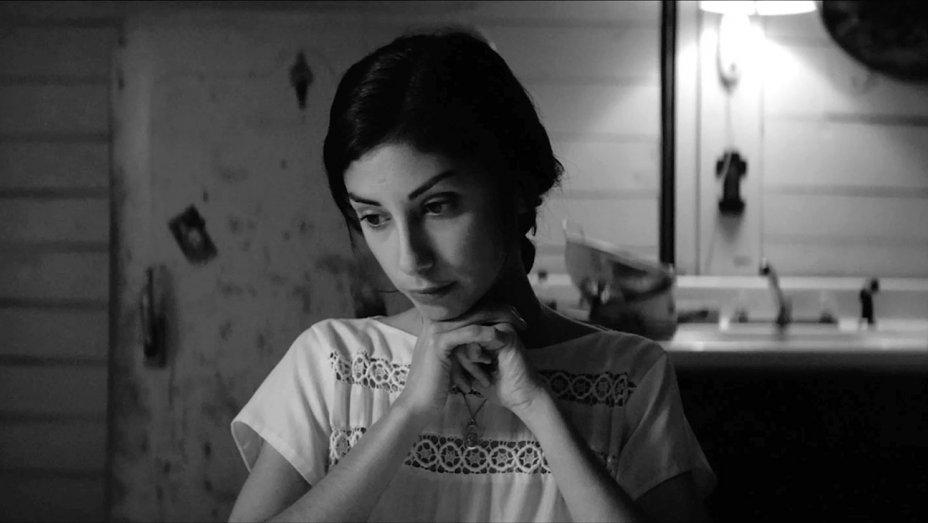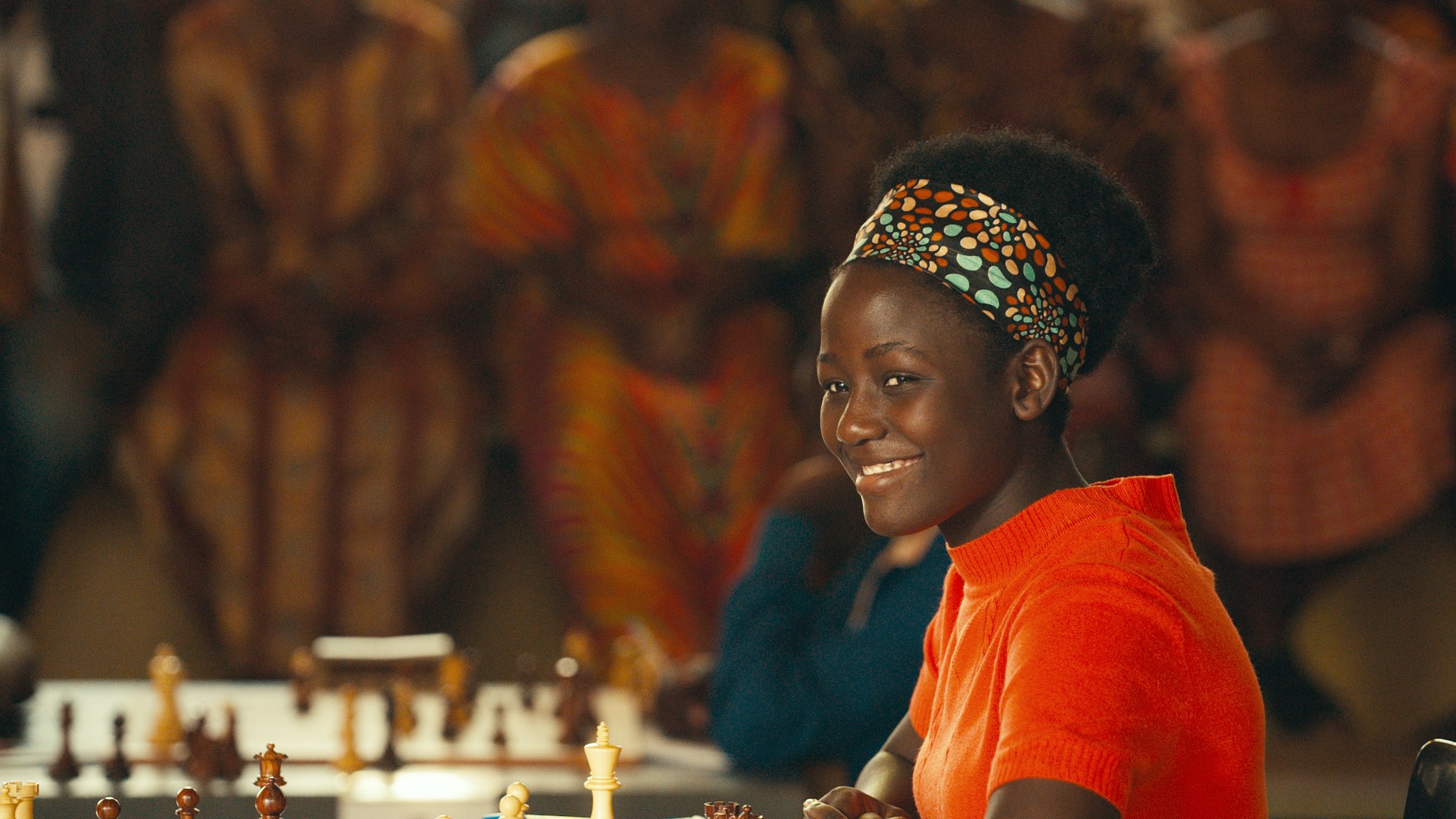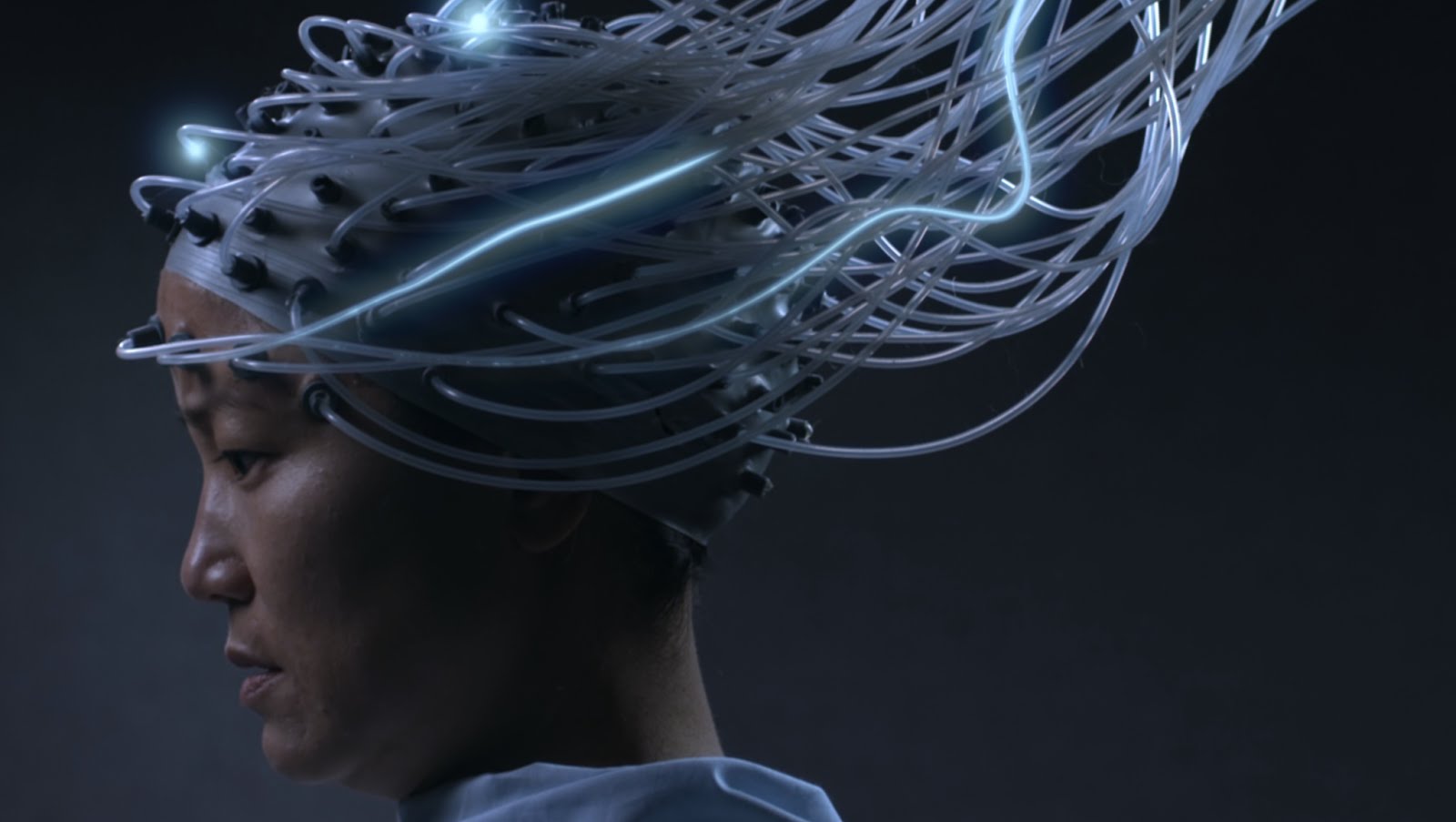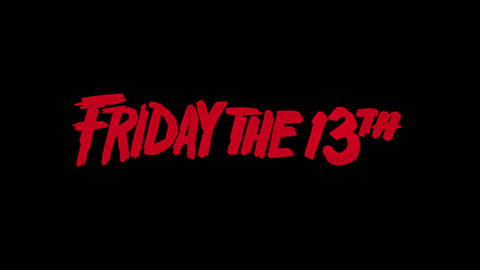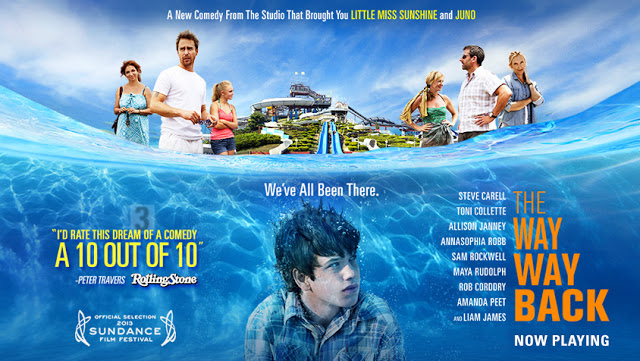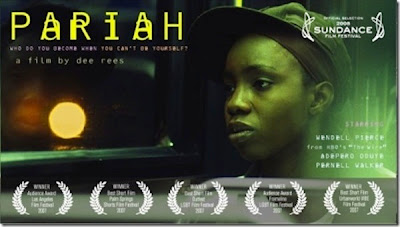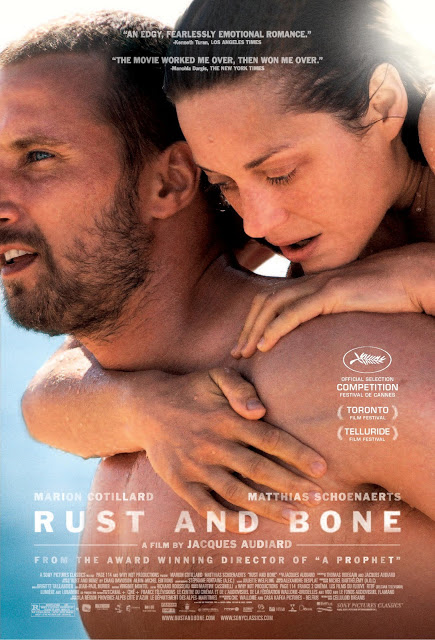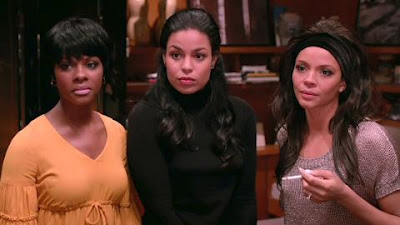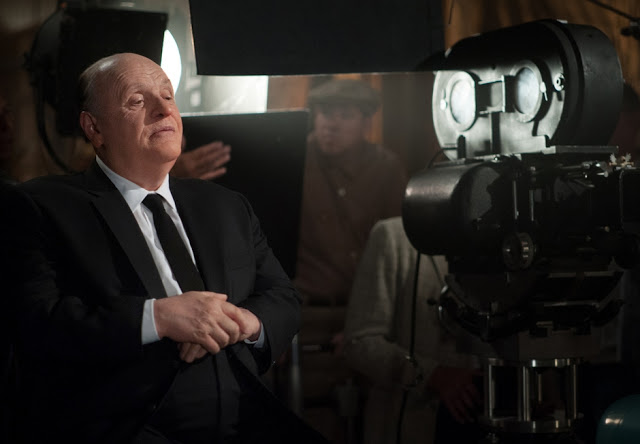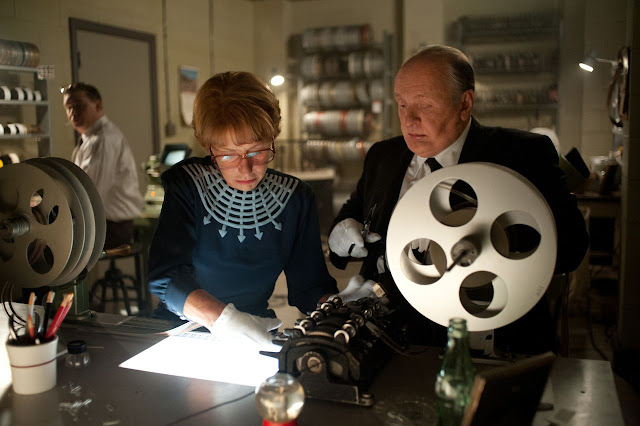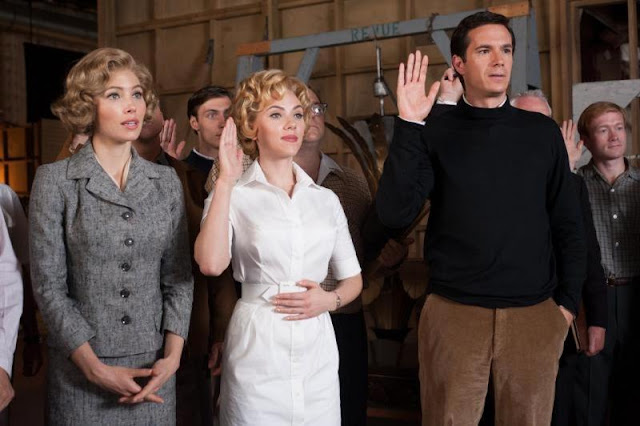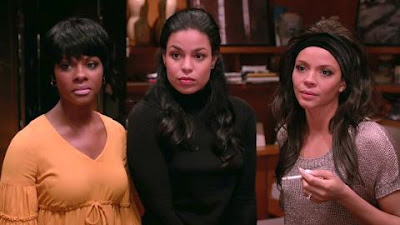 |
| The three sisters of ‘Sparkle’ (2012) |
Guest post written by Candice Frederick, originally published at Reel Talk. Cross-posted with permission.
Not every filmmaker understands the point of a remake. Sure, it’s fun to revisit an old classic to gain a new audience, and squeeze out any remaining dollars from the film that there is to be had. But the whole other objective of a remake, the more important aspect, is to enhance the film and modernize it so that it fits in with today’s culture and evolved world. And if you can make it even better than its original, well, that’s a bonus.
Director Salim Akil’s Sparkle, the remake of the 1976 film of the same name, did just that. Revisiting the Motown era (specifically during the ’50s and ’60s) isn’t a new concept in film, but something we don’t see often enough when depicting that era is well carved out female stories. Of course, there were plenty of women in music who dominated the charts, but we rarely get to see them take on the dominant role in their personal lives. At least, not so a we should have.
In Sparkle, we have three very different sisters, Tammy aka “Sister” (Carmen Ejogo), Sparkle (Jordin Sparks), and Dolores aka “D” (Tika Sumpter), who each have a dream. D wants to go to medical school. Sister, the oldest sibling, wants to get the hell out of their strict mom’s (Whitney Houston) house, once and for all. And Sparkle, the youngest and most timid of the three, wants a chance–a chance to become a famous singer and songwriter. With encouragement from her dashing admirer, Stix (Derek Luke), Sparkle enlists her two older sisters in their own singing group so that they can each finally see their dreams come true.
 |
| Salim Akil’s Sparkle revisits the Motown era |
But right at the height of a promising career, life throws them some curve balls. Sister, always looking for the next quick and easy (and lucrative) opportunity, meets and falls hard for the “coon” comedian extraordinaire Satin (Mike Epps). She quickly gets entangled in his lies, deceit and utter immoralities and spirals downwards, taking her sisters’ singing group down with her. That is, until Sparkle finds the voice she’d kept hidden for so long, which will carry her to the next phase of her life and shine like she always dreamed she would.
 |
| Sparks as Sparkle in ‘Sparkle.’ Clear? |
Admittedly, Sparkle‘s storyline is the one cliched and predictable element carried over from the original movie. Sparks gives a fine performance but, like Irene Cara before her, doesn’t have much to work with and her real-life singing voice provides the most memorable scenes in her performance. What’s not so expected in this re-imagining is the heightened point of view of the other characters in the story. Emma, the girls’ mom, isn’t just a wise older woman with little dialogue but who dutifully captures the parental element of the story, as she is in the original film. Emma is now a very present mother in the story, someone who rules her house with a sharp but loving tongue, and one who is quick to recite passages from Scripture to remind her daughters of who’s really in control. Emma is also a “cautionary” character, as she herself alludes to but is careful not to define in the movie (as delivered in an eerily familiar and poignant performance by the late Houston). She is heavily nuanced and delicately penned by screenwriters Mara Brock Akil (TV’s Girlfriends and The Game) and Harry Rosenman (Father of the Bride, The Family Man).
 |
| The late Whitney Houston as mother Emma |
Also fine tuned for a razor-sharp performance is the role of Sister. She was always the most complicated character of the bunch, formerly played by the eternally underrated actress Lonette McKee (in one of her best roles). While Ejogo’s portrayal almost mirrors that of McKee’s (which is high praise), Sister doesn’t come across as similarly damaged as she did in the previous movie. She settles on a rather mature consequence for decisions she’s made, which in turn allows her character to linger just a bit longer here, and leave a lasting impression on the audience.
 |
| Sister, played by Carmen Ejogo |
Another unforgettable character portrayal is that of D played by Sumpter. If you’ve seen the original film, you might not even remember much of anything substantial about this third sister, except that she was her mother’s mute pride and joy. She was the one with the bright future whose feelings about the whole music thing is, as she further explains in this movie, are that she can “really take or leave it.” This remake does a better job at explaining a lot more behind her actions–i.e. why she’s more fearless than her other sisters in a lot of ways (she really has nothing here to lose) and why she won’t sacrifice everything for someone else’s dream. Sumpter, with help from the screenplay, gives D a backbone, a steel tongue to deliver the film’s wittiest and most entertaining dialogue that will cut through even the most dramatic scenes. Sparkle might have been the character in search of a voice, but it is D whose voice had become magnified and clearer.
 |
| D, played by Tika Sumpter |
Epps also gives a surprisingly good performance here as well. And he’s got a lot to work with. Satin isn’t just the fleeting bad guy who comes to terrorize the Sister and her Sisters trio. He’s definitely not a guy you root for, but there is more to his story here. He has much more purpose. Epps sheds his comedic image to possibly play the role of his career, but uses some of that comedian swagger in a way that complements Satin’s own demons. Meanwhile, the other fellas in the cast, Luke and Omari Hardwick (who plays Levi, Sister’s jilted ex) contribute good–however serviceable–portrayals in an overwhelmingly female-driven movie.
Thirty-six years after the original release of Sparkle, women are still searching for a sizable number of distinctive and identifiable lead roles on the big screen. This film gives each actress a real arch, a meaty snack to chew on as they flex core acting muscles. It proves that there are still wonderful roles for women–of any color–to make their own and of which one day can look back on and be proud.
While the original film is rightfully regarded as a classic, this year’s Sparkle appropriately adds that exclamation point the first film lacked, and fleshes out each character’s story so that they seem real, like people you may know. Even though it’s essentially a period film, this remake clearly has that new millennium edge we so desperately need to more of.
———-
Candice Frederick is a former Essence
magazine editor and an NABJ award-winning journalist. She is also a Contributing Film Writer for The Urban Daily, co-host of “Cinema in Noir” and the film blogger for Reel Talk. Follow her on Twitter.
